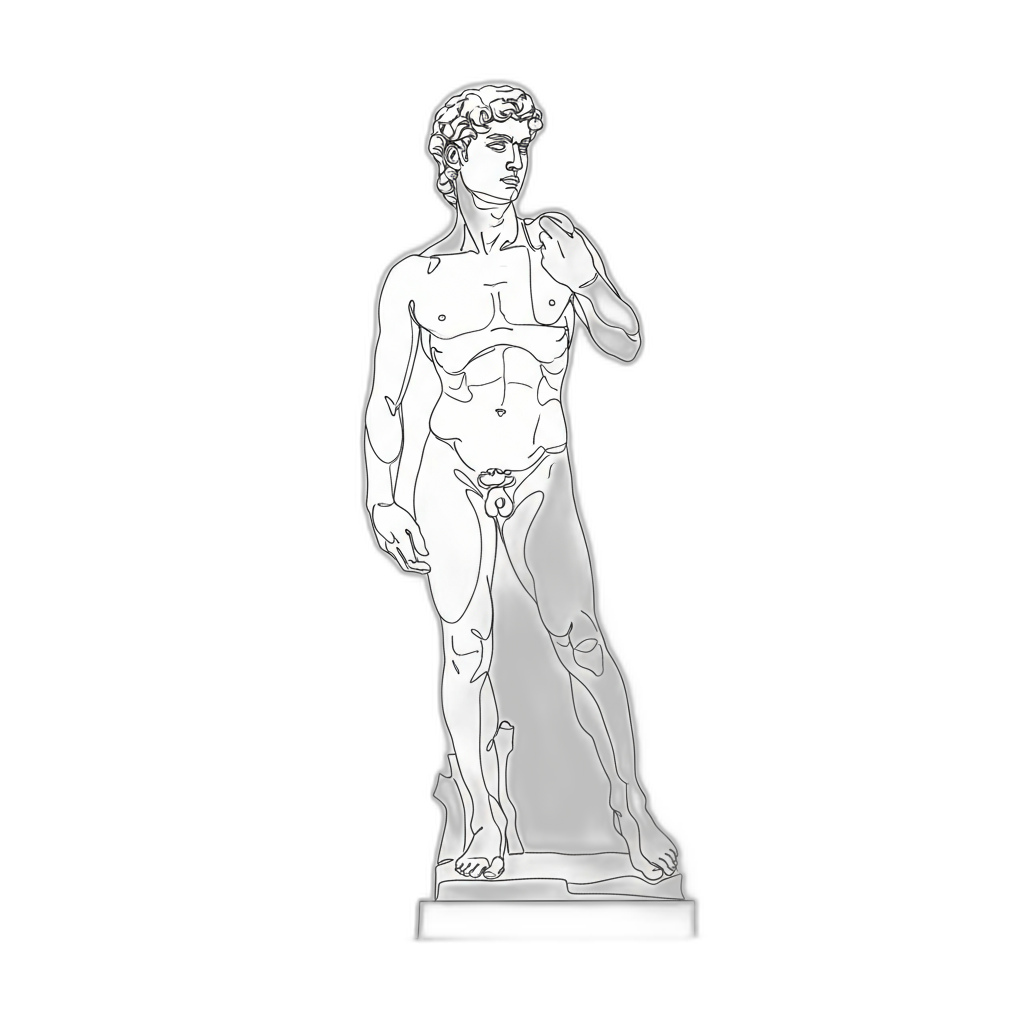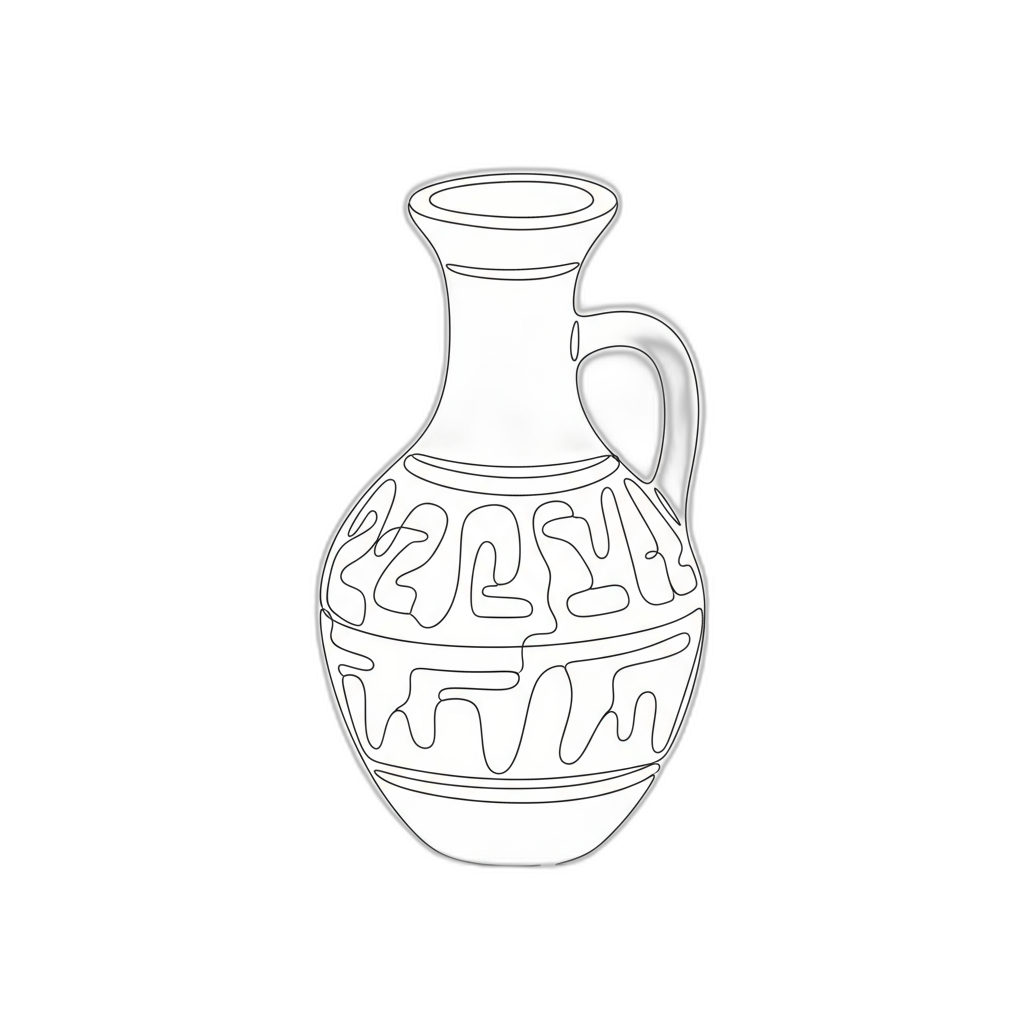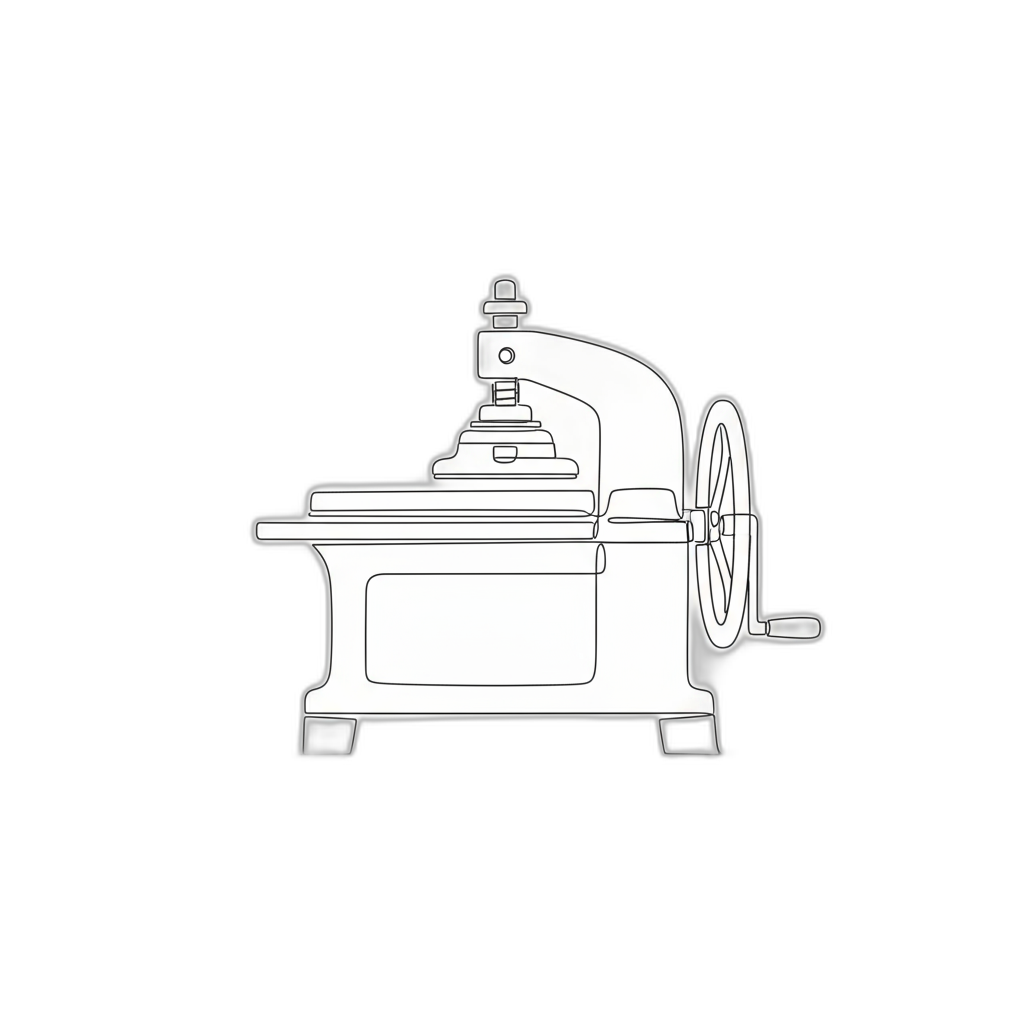






5-Star Service, Trusted & Loved by Hundreds
Your Appraiser Search Ends Here
Your Appraiser Search Ends Here
.avif)

Nationwide Coverage – Appraisals Anywhere in the US

Get it done Onsite or Online

Any Asset, Covered

Defensible for Any Purpose
Frequently Asked
Questions
No Frequently Asked Questions Found.
The Internal Revenue Service (IRS) establishes specific guidelines that determine when gift tax becomes applicable. Generally, this occurs when the value of transferred assets exceeds predetermined thresholds. These regulations help prevent individuals from avoiding estate taxes through strategic gifting.
Gifts can encompass various forms of value, including cash, real estate, stocks, personal property, and other transferable assets. The tax is primarily the responsibility of the person making the gift, not the recipient.
Key considerations include annual and lifetime exemption limits. For 2023, individuals can gift up to $17,000 per recipient annually without triggering tax reporting requirements. Additionally, a lifetime exemption of approximately $12.92 million exists, which allows substantial wealth transfer before tax implications arise.
Certain gift types are completely exempt from taxation, such as medical or educational expenses paid directly to providers, and gifts between spouses who are U.S. citizens. The tax rates for gifts exceeding exemption limits can be as high as 40%, though most individuals never reach this threshold.
Proper documentation is crucial. When gifts surpass annual exclusion amounts, donors must file a gift tax return, even if no immediate tax is owed. This documentation helps track lifetime exemption usage and ensures compliance with federal tax regulations.
Understanding gift tax nuances is essential for effective financial planning, allowing individuals to navigate wealth transfer strategically while maintaining legal and tax efficiency.
A professional appraisal serves multiple critical functions in the gift tax process. First and foremost, it establishes an accurate fair market value of the asset being transferred. The IRS defines fair market value as the price a willing buyer would pay a willing seller, both possessing reasonable market knowledge. This precise valuation prevents potential disputes, reduces the risk of audits, and ensures transparent reporting.
Compliance with federal tax regulations hinges on accurate documentation. When gifts exceed certain monetary thresholds, they must be reported on specific tax forms, typically Form 709. A comprehensive, professionally conducted appraisal provides robust documentation that substantiates the reported value, protecting the donor from potential penalties or additional tax assessments.
Strategic tax planning also benefits significantly from a professional appraisal. By determining an accurate market value, donors can more effectively manage their potential tax liabilities. Overvaluation can unnecessarily increase tax burden, while undervaluation might trigger punitive measures. A qualified appraiser navigates these complexities, helping to optimize the financial implications of the gift.
Moreover, the appraisal creates a permanent record that can prove invaluable during future estate planning or potential IRS inquiries. This documentation serves as a reliable reference point, potentially simplifying complex financial discussions and providing clarity for beneficiaries.
Ultimately, a professional appraisal offers more than just numerical accuracy—it provides peace of mind. By ensuring compliance, minimizing potential tax complications, and creating a clear record of the asset's value, donors can focus on the meaningful act of gifting rather than worrying about potential regulatory challenges.
An artwork appraisal represents a comprehensive professional evaluation that precisely determines the monetary and historical value of an art piece. This meticulous process involves expert assessment of multiple intricate factors that collectively influence an artwork's market worth and significance.
Professional art appraisers employ a sophisticated methodology that examines critical elements such as the artwork's provenance, authenticity, physical condition, current market dynamics, and the artist's reputation. Each of these components plays a crucial role in establishing an accurate and defensible valuation.
The evaluation goes far beyond a simple price assessment. Appraisers conduct detailed investigations that may include forensic analysis of materials, historical research into the artwork's origins, and careful examination of minute details that can substantiate or challenge the piece's perceived value. They leverage extensive knowledge of artistic styles, market trends, and collector interests to provide a nuanced understanding of an artwork's worth.
Different stakeholders rely on artwork appraisals for diverse purposes, including insurance documentation, estate planning, potential sale transactions, and tax compliance. The appraisal serves as an authoritative document that provides clarity and confidence for collectors, institutions, and potential buyers.
The complexity of art valuation requires a sophisticated approach that balances objective analysis with deep understanding of artistic and market contexts. A comprehensive appraisal not only quantifies monetary value but also captures the intrinsic cultural and historical significance of the artwork.
Online artwork appraisals have become increasingly sophisticated, offering art owners a convenient and comprehensive method to determine the value of their pieces. The process typically begins with submitting high-resolution photographs that capture essential details of the artwork. Professional appraisers carefully analyze these images, examining critical aspects such as condition, artistic technique, and distinctive characteristics.
Beyond visual documentation, appraisers collect contextual information through digital communication channels. Owners provide supplemental details about the artwork's provenance, artist background, and historical significance, which help create a more nuanced valuation. This collaborative approach allows for a thorough assessment without the constraints of physical proximity.
Live video consultations have emerged as an innovative component of online art appraisals. Using platforms like Zoom or Google Meet, appraisers can engage directly with clients, rotating artwork, examining specific details, and conducting real-time discussions. This interactive method bridges the gap between digital and in-person assessment, enabling a more dynamic and comprehensive evaluation.
The digital appraisal process offers substantial benefits, including accessibility for individuals in remote locations, flexibility for busy clients, and reduced logistical complexities. Professional appraisers maintain rigorous standards, ensuring that online evaluations are as meticulous and credible as traditional in-person assessments.
Modern technology has transformed artwork appraisals, creating a streamlined, efficient approach that meets the evolving needs of art collectors and owners. By leveraging digital tools and professional expertise, online appraisals provide accurate, comprehensive valuations with unprecedented convenience.
Artwork appraisers are specialized professionals who meticulously assess the value of diverse art forms. Their expertise spans multiple domains, each requiring unique skills and deep knowledge of artistic markets, historical context, and aesthetic evaluation.
Fine art appraisers concentrate on traditional art mediums like paintings, sculptures, and drawings. These experts possess comprehensive understanding of art movements and market dynamics, often developing profound specialization in specific periods such as Impressionism or Contemporary art.
Decorative art appraisers evaluate functional artistic items including furniture, ceramics, glassware, and textiles. Their assessments consider craftsmanship, material quality, historical significance, and provenance, making them invaluable to collectors and antique dealers seeking precise valuations.
Digital art appraisers represent an emerging professional category addressing the rapidly evolving technological art landscape. They specialize in evaluating digital creations, graphic designs, digital paintings, and emerging formats like NFTs, reflecting the dynamic nature of contemporary artistic expression.
Antique appraisers focus on artworks exceeding 100 years in age, conducting thorough examinations that extend beyond aesthetic value. They scrutinize historical importance, authenticity, and originality, distinguishing genuine historical pieces from reproductions and potential forgeries.
Specialty appraisers develop expertise in distinct artistic niches, concentrating on specific artists, regional styles, or unique media such as photography or limited edition prints. Their targeted knowledge enables nuanced, precise valuations within specialized artistic domains.
Institutional appraisers employed by museums, galleries, and cultural organizations perform critical valuation services for collections, exhibitions, and acquisitions. Operating under rigorous ethical standards, they provide essential assessments for insurance, donation, estate planning, and cultural preservation purposes.
Artworks transcend mere visual appeal, representing significant financial and emotional investments. Professional appraisals provide critical insights that extend far beyond simple price determination, serving multiple strategic purposes for art owners.
Insurance protection stands as a primary motivation for artwork appraisals. Without accurate documentation, collectors risk inadequate compensation during loss, theft, or damage scenarios. Precise valuations enable insurance companies to establish appropriate coverage, ensuring financial security for valuable pieces.
Estate planning represents another crucial context for art appraisals. When transferring assets between generations, comprehensive valuations help establish fair market values, potentially mitigating potential tax complications and familial disputes. Executors and heirs gain clarity about the financial landscape of inherited artwork collections.
Charitable donations also benefit from professional appraisals. For artwork valued over specific thresholds, formal assessments become essential for claiming tax deductions. These documentations provide nonprofits with transparent understanding of donated asset values while offering potential tax advantages to donors.
Preparing for potential sales requires nuanced market understanding. Appraisals illuminate current market trends, helping owners set competitive pricing strategies. Whether considering auction placement or private sale, comprehensive evaluations empower informed decision-making.
Investment portfolios increasingly recognize art as a valuable asset class. Professional appraisals help collectors assess artwork's financial potential, tracking appreciation and understanding long-term value trajectories. These insights support sophisticated wealth management approaches.
Authenticity verification represents an often-overlooked yet critical appraisal benefit. Reputable assessments not only determine monetary value but also confirm artwork provenance, protecting collectors from potential fraud and enhancing piece legitimacy.
Ultimately, artwork appraisals represent more than financial transactions—they are comprehensive explorations of cultural, historical, and monetary significance. By bridging emotional attachment and strategic financial planning, professional evaluations offer collectors comprehensive perspectives on their artistic investments.
What Makes Artwork Appraisals Critical for Gift Tax Reporting?
Understanding the Critical Role of Artwork Appraisals in Gift Tax Reporting
Artwork appraisals are a crucial component of comprehensive gift tax reporting, serving as a critical mechanism for financial compliance and valuation accuracy.
Key Reasons Artwork Appraisals are Essential
- Financial Compliance: The IRS requires detailed documentation for artwork gifts exceeding specific value thresholds
- Legal Protection: Provides official documentation that protects both donor and recipient from potential tax disputes
- Accurate Valuation: Ensures precise market value assessment by professional experts
Complexities of Artwork Valuation
Artwork valuation is inherently complex, influenced by multiple dynamic factors:
- Artist's professional reputation
- Current market demand
- Historical significance
- Provenance and condition
- Recent sales of comparable works
Potential Consequences of Inadequate Appraisals
Incomplete or inaccurate artwork appraisals can lead to significant financial risks, including:
- Unexpected tax penalties
- Potential IRS audits
- Disputes between gift participants
- Incorrect tax reporting
Long-Term Benefits of Professional Appraisals
A comprehensive artwork appraisal offers more than immediate tax compliance. It establishes a credible valuation baseline that can be valuable for:
- Future sales transactions
- Insurance documentation
- Estate planning
- Potential inheritance considerations
Professional artwork appraisals represent a strategic investment in financial transparency and asset management, providing clarity and protection in complex gifting scenarios.
Understanding the Gift Tax Landscape for Art Transfers
Transferring artwork as a gift involves navigating complex tax regulations that require careful consideration and strategic planning. Understanding the nuanced landscape of gift tax is essential for both art donors and recipients.
Key Gift Tax Considerations for Artwork
- Annual Gift Tax Exclusion: Each year, individuals can gift a specified amount without triggering gift tax implications
- Fair Market Value: The artwork's value must reflect the price a willing buyer would pay a willing seller in an open market
- Valuation Requirements: Precise documentation and professional appraisal are critical for tax compliance
Understanding Valuation Thresholds
When an artwork's value exceeds the annual gift tax exclusion limit, the excess amount may count towards the lifetime estate and gift tax exemption. This requires meticulous documentation and a comprehensive understanding of current tax regulations.
Essential Documentation for Art Transfers
- Professional art appraisal report
- Detailed artwork provenance
- Comprehensive valuation assessment
- Accurate tax reporting
Capital Gains Tax Considerations
Recipients should be aware that selling gifted artwork may trigger capital gains tax. The tax will be calculated based on the difference between the original artwork's value at the time of gifting and the eventual sale price.
Strategic Planning Recommendations
- Consult with tax professionals
- Obtain certified art appraisals
- Understand current tax exemption limits
- Evaluate long-term financial implications
Successful artwork gifting requires a comprehensive approach that balances tax efficiency, legal compliance, and strategic financial planning.
Types of Artwork That Trigger Gift Tax Considerations
When it comes to gifting artwork, several types can trigger considerations for gift taxes. Understanding these distinctions is crucial for art collectors, donors, and recipients alike.
Art Categories Potentially Impacting Gift Tax
1. Fine Art
- Includes paintings, sculptures, and limited edition prints
- Created by significant artists
- Can appreciate dramatically over time
- Fair market value is a pivotal factor in gift tax calculations
2. Decorative Art
- Encompasses ceramics, glassware, and artisanal pieces
- Generally lower valuations compared to fine art
- Significant pieces can still have considerable worth
- May impact tax implications
3. Historical Artifacts
- Includes antique paintings, rare manuscripts, culturally important objects
- Intrinsic value and provenance are critical
- Require specialized appraisals reflecting historical significance
- Can substantially impact gift tax considerations
4. Digital Art
- Emerging category including NFTs and digital artworks
- Valuation can be volatile and subjective
- Challenges in determining fair market value
- Rapidly evolving tax treatment
5. Art Collections
- Comprehensive collections of artworks
- Collective value can reach substantial amounts
- Appraisals should consider:
- Individual piece values
- Overall collection worth
- Total taxable amount determined holistically
6. Art Loans or Leases
- Can be subject to gift tax considerations
- Particularly relevant for:
- Transactions between family members
- Nonprofit context arrangements
- Artwork value remains relevant for taxation
- Ownership transfer not required to trigger tax implications
Understanding the specific types of artwork that can invoke gift tax implications is essential for proper financial and estate planning, ensuring compliance with tax laws while maximizing the value of gifted assets.
The Comprehensive Artwork Appraisal Process
Navigating the complexities of artwork appraisal for gift tax purposes requires a structured and professional approach. Whether gifting a valuable painting, sculpture, or rare collectible, an accurate appraisal is essential for ensuring compliance and understanding the true value of the artwork.
The Systematic Artwork Appraisal Process
1. Initial Consultation
The process begins with a strategic consultation between the appraiser and client. During this critical first step, the appraiser will:
- Discuss the specific artwork in detail
- Explore the artwork's historical background
- Clarify the purpose of the appraisal
- Establish clear expectations for the valuation
2. Comprehensive Research and Analysis
A meticulous research phase follows the initial consultation, involving:
- Extensive provenance investigation
- Detailed artist biography review
- Analysis of current market trends
- Examination of comparable sales data
- Assessment of external value influences
3. Detailed Visual Inspection
An on-site, thorough visual examination is crucial, focusing on:
- Physical attributes (size, medium, technique)
- Craftsmanship evaluation
- Condition assessment
- Identification of any restoration or damage
- High-resolution documentation
4. Comprehensive Valuation Report
Following the inspection, the appraiser develops a detailed report that includes:
- Comprehensive research findings
- Specific valuation methodologies
- Precise market value estimation
- Compliance with IRS gift tax regulations
5. Final Review and Client Consultation
The final stage involves a collaborative review process that:
- Presents the complete valuation report
- Addresses client questions
- Provides clarity on tax implications
- Ensures client understanding and confidence
This systematic approach empowers donors and recipients to navigate artwork gifting with precision, transparency, and informed decision-making.
Key Factors Determining Artwork Market Value
When assessing the market value of artwork for gift tax purposes, several key factors play a crucial role in establishing an accurate and fair appraisal. Understanding these elements can help ensure that both the giver and receiver are well-informed and compliant with tax regulations.
Critical Factors Influencing Artwork Valuation
1. Artist Reputation
- The artist's standing in the art world significantly impacts artwork value
- Established artists typically command higher prices compared to emerging artists
- Provenance (ownership history) plays a critical role in enhancing an artwork's perceived value
2. Condition and Authenticity
- Physical condition directly affects marketability and valuation
- Excellent preservation increases potential market value
- Authentication is crucial to verify:
- Genuine artwork
- Original creation
- Absence of forgeries
- Documentation and signature verification are key authentication methods
3. Artistic Medium
- Different mediums carry varying market values
- Desirability fluctuates based on current collector preferences
- Common mediums include:
- Oil paintings
- Acrylic works
- Watercolors
- Sculptures
4. Market Trends
- Art market is inherently dynamic and responsive to:
- Changing aesthetic preferences
- Economic conditions
- Emerging artistic movements
- Current trends significantly influence artwork valuation
- Examples of evolving market interests:
- Growing interest in contemporary art
- Emergence of digital art platforms
5. Size and Scale
- Artwork dimensions directly impact market value
- Larger pieces may command higher prices due to:
- Greater visual impact
- More extensive material investment
- Smaller works can attract budget-conscious collectors
Understanding these key factors provides a comprehensive approach to navigating the complex landscape of art appraisal, ensuring an accurate representation of an artwork's true market value.
Selecting a Qualified Art Appraiser: What You Need to Know
Key Considerations for Selecting a Qualified Art Appraiser
Art appraisal for gift tax purposes requires meticulous selection of a professional who can provide an accurate, defensible valuation. The right appraiser brings critical expertise to protect your financial interests and ensure compliance with tax regulations.
Essential Qualifications to Evaluate
- Professional Credentials
- Advanced degrees in art history, fine arts, or related disciplines
- Professional certifications from recognized organizations:
- American Society of Appraisers (ASA)
- International Society of Appraisers (ISA)
- Appraisers Association of America (AAA)
- Specialized Expertise
- Deep knowledge in specific art genres
- Understanding of diverse artistic mediums
- Proven track record with similar artwork valuations
- Valuation Methodology
- Transparent approach to data collection
- Comprehensive market trend analysis
- Clear documentation of valuation process
Critical Evaluation Criteria
- Professional Independence
An impartial appraiser eliminates potential conflicts of interest, ensuring an objective assessment that will withstand tax authority scrutiny.
- Communication Effectiveness
Select an appraiser who provides clear explanations, responds promptly, and can articulate complex valuation details with precision.
Additional Considerations
When choosing an art appraiser, prioritize professionals who demonstrate:
- Comprehensive understanding of current art market dynamics
- Ability to provide detailed, well-documented appraisal reports
- Experience with gift tax valuation requirements
Your chosen appraiser should serve as a knowledgeable partner, guiding you through the complex landscape of art valuation while maintaining the highest standards of professional integrity.
Navigating Complex Challenges in Art Valuation
Navigating complex challenges in art valuation demands a sophisticated understanding of both the art market and intricate tax implications when transferring high-value artworks as gifts. These pieces often represent substantial financial and sentimental investments, making precise appraisal fundamentally critical.
Key Challenges in Art Valuation
- Inherent Subjectivity: Determining an artwork's true worth involves analyzing multiple nuanced factors, including:
- Artist's professional reputation
- Artwork provenance
- Historical significance
- Current market trends
- Market Variability: Art values can fluctuate dramatically based on temporal and economic conditions
Critical Appraisal Considerations
Timing and Regulatory Compliance
The IRS mandates that art appraisals be conducted precisely on the date of gift transfer. This specific requirement ensures accurate valuation and prevents potential discrepancies arising from market shifts.
Comprehensive Documentation Requirements
Successful art valuation for gift tax purposes necessitates meticulous documentation, including:
- Detailed artwork description
- Appraiser's professional qualifications
- Comprehensive valuation methodology
- Market comparative analysis
Tax Implications
High-value art gifts can significantly impact both donor and recipient tax strategies by potentially affecting:
- Lifetime estate tax exemptions
- Gift tax reporting obligations
- Future capital gains considerations
Strategic Recommendations
Successful navigation of art valuation challenges requires collaboration with specialized professionals who understand the intricate intersection of art market dynamics and tax regulations. Professional expertise can provide clarity, mitigate potential risks, and ensure comprehensive compliance with complex tax guidelines.
Legal Nuances in Artwork Gift Tax Reporting
Navigating the legal landscape of artwork gift tax reporting requires a nuanced understanding of complex tax regulations and art market dynamics. Unlike straightforward cash gifts, artwork valuation presents unique challenges that can significantly impact tax liabilities.
Key Considerations for Gift Tax Reporting
- IRS Reporting Thresholds: Gifts valued over $17,000 per recipient must be reported on a gift tax return
- Fair Market Value (FMV) Determination: Precise valuation is critical for accurate tax reporting
Fair Market Value Essentials
Fair market value represents the price an artwork would command between a willing buyer and seller, both possessing reasonable market knowledge. This valuation considers multiple critical factors:
- Artwork provenance
- Current condition
- Market demand
- Recent comparable sales
The Role of Professional Appraisers
Qualified appraisers are instrumental in navigating these complex valuation processes. Their expertise ensures:
- Accurate documentation of artwork value
- Compliance with IRS reporting requirements
- Mitigation of potential audit risks
Special Considerations for Gifting
Different scenarios present unique tax implications:
- Charitable Donations: Potential tax deductions based on artwork's fair market value
- Family Gifts: Potential basis transfer affecting future sale tax consequences
Successfully managing artwork gift tax reporting demands a comprehensive approach that balances legal precision with art market expertise.
How Often Should You Appraise Art for Tax Purposes?
When it comes to art appraisal for tax purposes, understanding the timing and frequency of appraisals is crucial for both compliance and investment protection. Several key factors determine how often you should have your artwork professionally appraised.
Critical Timing Factors for Art Appraisals
- Life Events Triggering Appraisal Needs
- Inheritance transfers
- Divorce settlements
- Significant charitable donations
- Major asset redistribution
- Market Volatility Considerations
- Recommended appraisal frequency: Every 3-5 years
- Accounts for art market trends
- Aligns with economic condition shifts
- Essential for accurate estate and gift tax planning
- Art Condition and Modification Impacts
- Restoration work
- Significant alterations
- Potential value-changing interventions
- Insurance and Valuation Protection
- Update insurance coverage accurately
- Adjust premium levels
- Document current market value
Recommended Appraisal Strategy
While formal professional appraisals are critical, implementing a comprehensive approach includes:
- Periodic professional appraisals (every 3-5 years)
- Annual informal collection reviews
- Documentation of any significant changes
- Tracking market trends relevant to your collection
Key Takeaway
Proactive art appraisal management helps maintain tax compliance, protect your investment, and ensure accurate asset valuation across changing market conditions.
Preparing for a Professional Artwork Appraisal
When it comes to art valuation, understanding the nuanced details of your pieces is essential, especially for gift tax considerations. A professional artwork appraisal provides a precise valuation crucial for accurate tax reporting and strategic estate planning.
Key Preparation Steps for an Artwork Appraisal
1. Comprehensive Documentation Gathering
- Collect all existing artwork documentation
- Compile purchase receipts
- Locate certificates of authenticity
- Retrieve provenance records
- Gather any previous appraisal reports
These documents provide critical context about the artwork's history and assist appraisers in delivering an accurate valuation.
2. Artwork Preservation and Presentation
- Gently clean the artwork's surface
- Remove any visual obstructions
- Ensure proper lighting for inspection
- Avoid attempting personal restoration
Proper presentation allows appraisers to conduct a thorough and unimpeded evaluation.
3. Provide Comprehensive Contextual Information
- Share detailed artist biography
- Specify artwork's creation date
- Explain historical or cultural significance
- Describe artwork's provenance
Contextual details can significantly influence an artwork's market value and appraisal assessment.
4. Understand the Appraisal Process
- Visual comprehensive inspection
- Detailed market research
- Comparative analysis with similar works
- Formal written valuation report
Familiarity with these steps helps set realistic expectations and facilitates a smoother appraisal experience.
5. Select a Qualified Professional Appraiser
- Verify appraiser's specialized art market expertise
- Confirm credentials in specific art periods
- Check professional memberships
- Review past appraisal experiences
A qualified appraiser ensures a credible, substantiated valuation tailored to your specific artwork.
By meticulously preparing and understanding the nuanced elements contributing to artwork valuation, you'll facilitate a more accurate and comprehensive appraisal process.
Market Dynamics: How Art Values Fluctuate
The art market operates with complex and nuanced dynamics that significantly impact artwork valuations over time. Understanding these intricate factors helps stakeholders navigate the unique landscape of art valuation.
Key Drivers of Art Market Fluctuations
Supply and Demand
Similar to other economic markets, artwork values are fundamentally driven by supply and demand principles:
- Limited artist collections can dramatically increase desirability
- Increased availability of similar works may decrease individual piece value
- Rarity often translates directly into higher market pricing
Artist Reputation and Legacy
An artist's professional standing profoundly influences artwork valuation:
- Established artists command higher prices consistently
- Emerging artists experience more significant value volatility
- Posthumous recognition can retroactively enhance artwork value
Market Trends and External Influences
Multiple external factors contribute to artwork value fluctuations:
- Consumer preference shifts
- Art fair and exhibition narratives
- Collector investment behaviors
- Changing artistic style popularities
Economic and Societal Context
Broader economic and cultural environments play crucial roles in art valuation:
- Economic growth increases luxury asset investments
- Recessions typically depress art market values
- Cultural and social movements can elevate specific artistic expressions
Comprehensively understanding these dynamic market elements is essential for accurate artwork appraisal and informed financial decision-making.
Ensuring Tax Compliance Through Accurate Art Valuation
Artwork appraisal for gift tax purposes goes beyond mere aesthetic appreciation and plays a critical role in maintaining tax compliance. When high-value artworks are transferred as gifts, precise valuation becomes essential to establish the fair market value and ensure both parties adhere to tax regulations.
Understanding Gift Tax Thresholds
Gift taxes are triggered when a gift exceeds specific value limits set by state and federal guidelines. An accurate appraisal helps donors determine whether their artwork gift surpasses the annual gift tax exclusion threshold. Misrepresenting or incorrectly valuing artwork can result in:
- Unexpected tax liabilities
- Potential financial penalties
- Potential legal complications with tax authorities
Key Components of Art Valuation for Tax Purposes
Selecting a Qualified Appraiser
Choosing an accredited professional specializing in the specific type of artwork is crucial. A qualified appraiser ensures:
- Credible and reliable valuation
- Recognition by the Internal Revenue Service (IRS)
- Comprehensive assessment of artwork value
Comprehensive Market Analysis
A thorough evaluation involves multiple critical factors, including:
- Comparable sales research
- Current market trends
- Artwork's historical provenance
- Artist's reputation
- Artwork's condition and preservation
Detailed Documentation Requirements
The appraisal report must be meticulously prepared, containing:
- Explicit valuation methodologies
- Supporting evidence for determined value
- Clear documentation of assessment assumptions
- Comprehensive professional analysis
Long-Term Benefits of Accurate Art Valuation
Precise art valuation serves multiple purposes beyond immediate tax compliance. It protects both donors and recipients by:
- Preventing future disputes over artwork value
- Ensuring transparent financial transactions
- Maintaining clear records for potential future audits
By approaching artwork gift valuation with professional diligence, individuals can navigate complex tax regulations while preserving the joy and significance of art transfer.
View all Locations
BEST-IN-CLASS APPRAISERS, CREDENTIALED BY:
























.svg)










